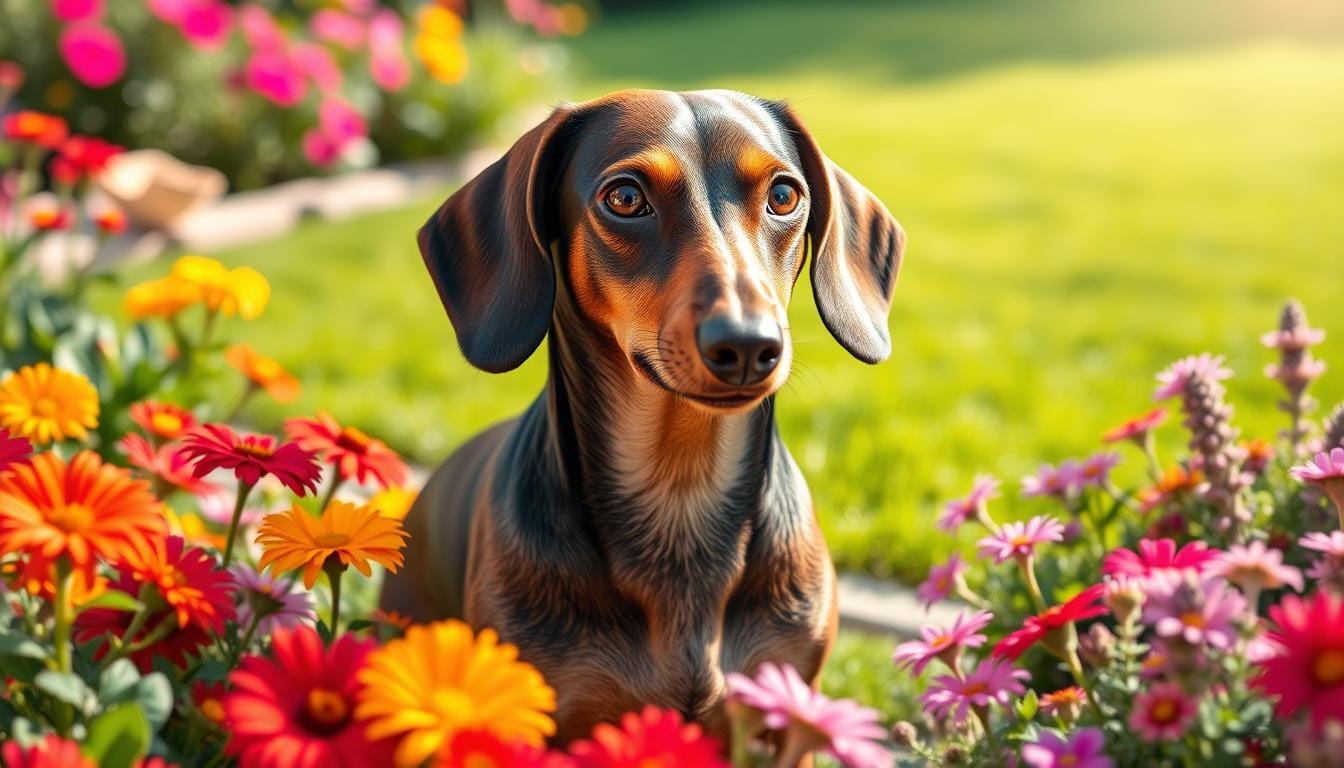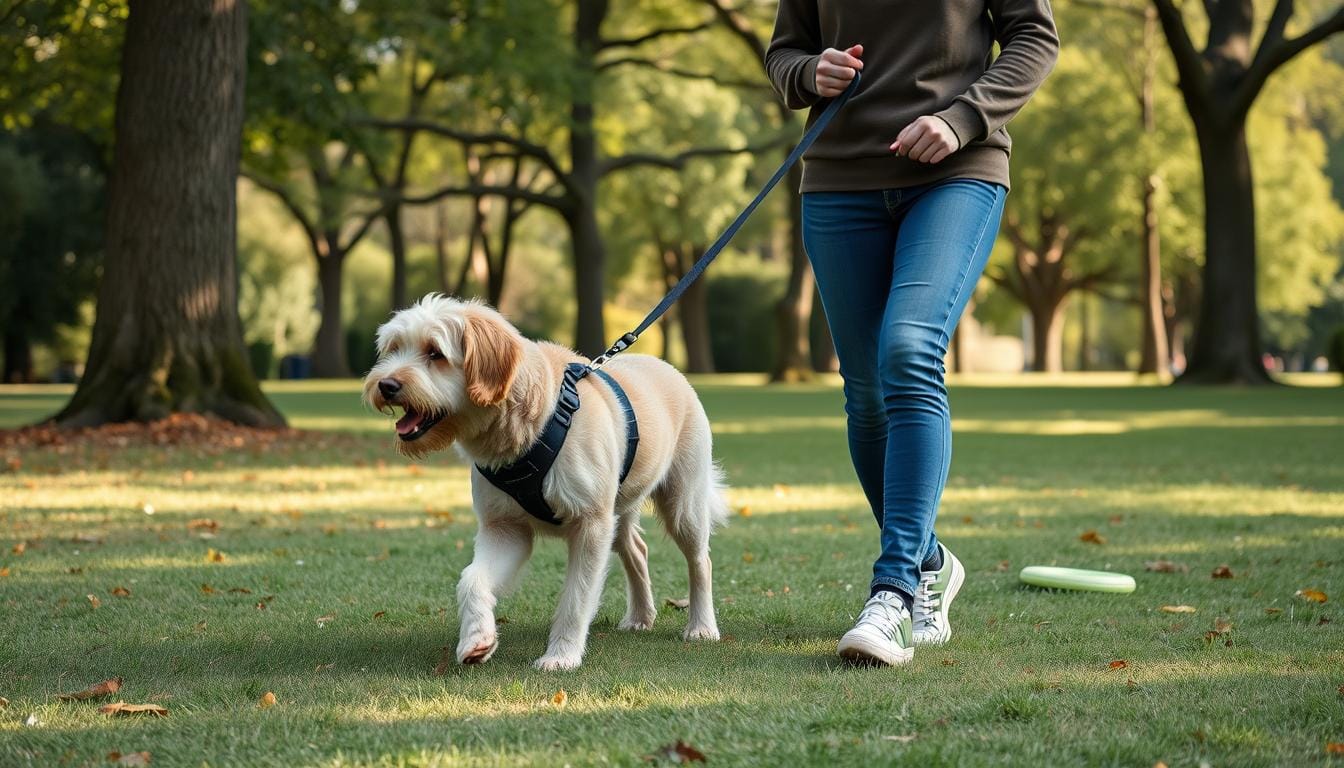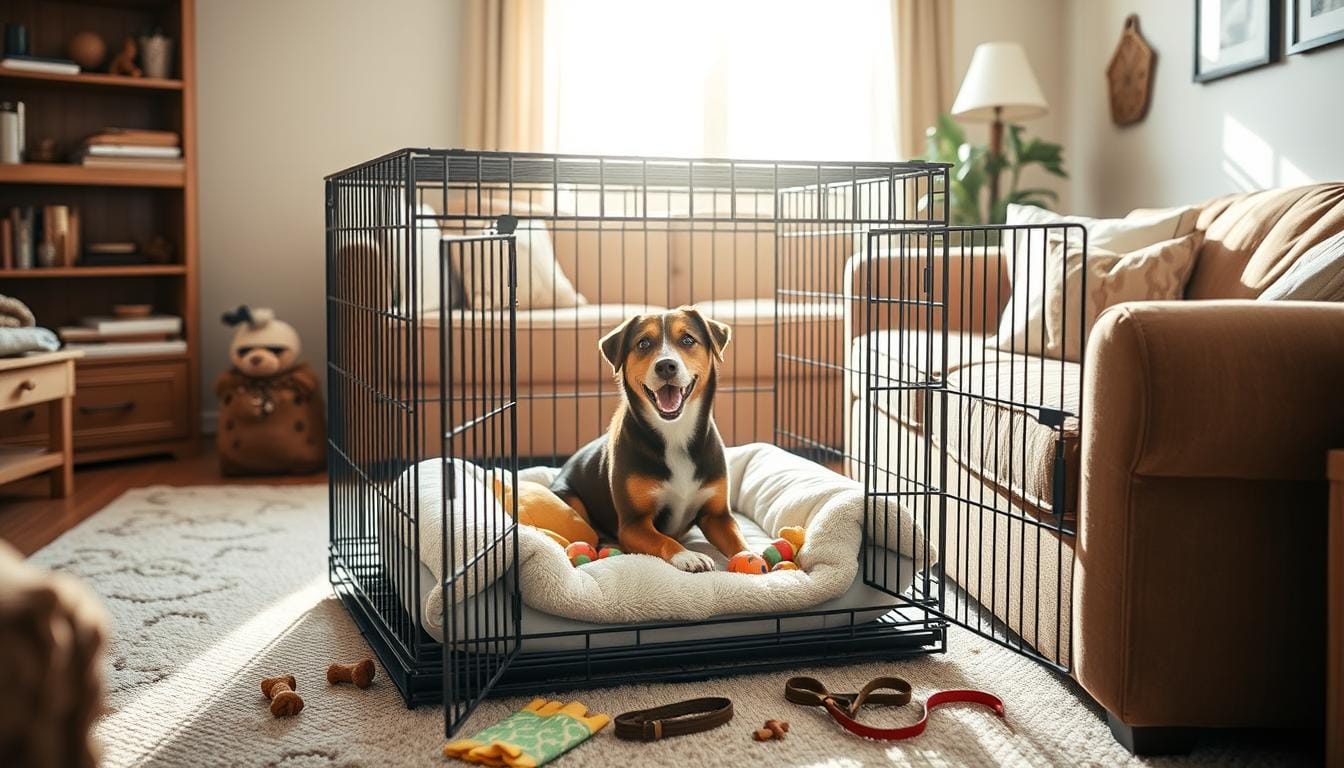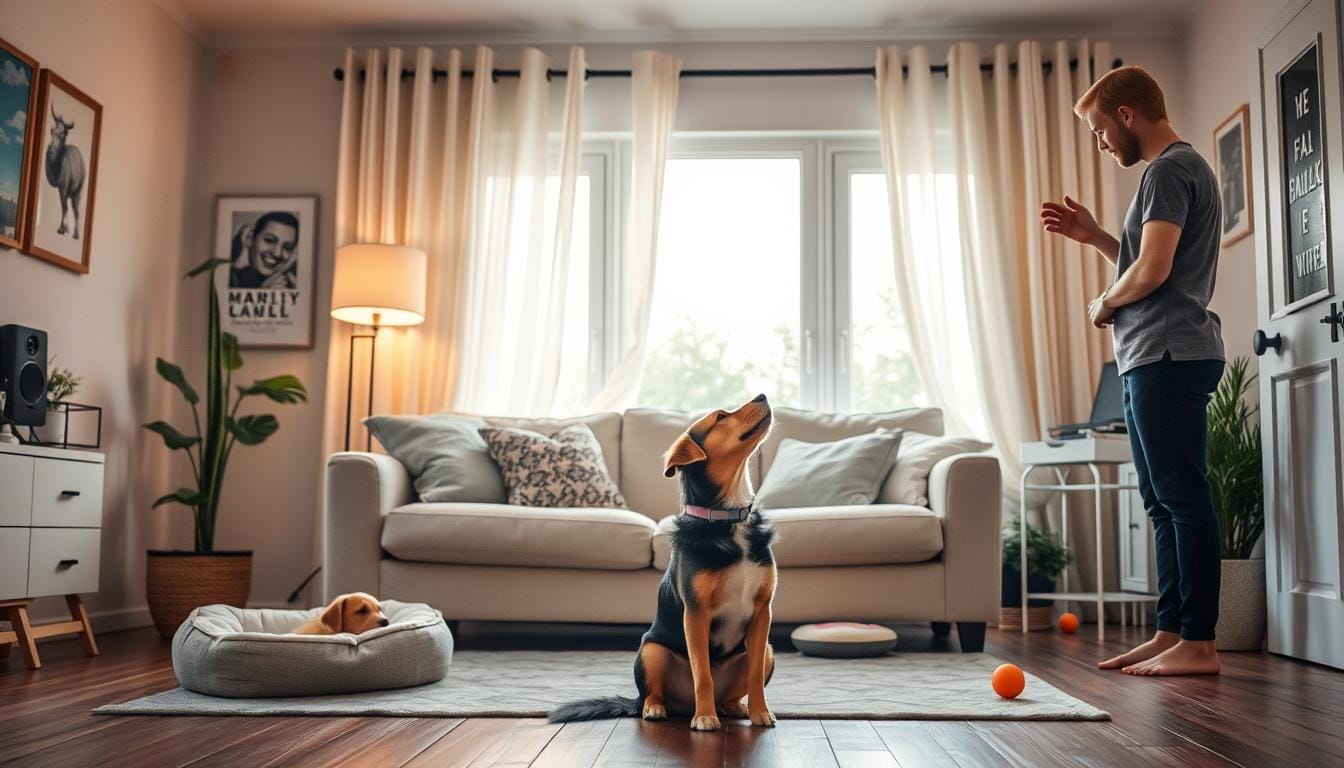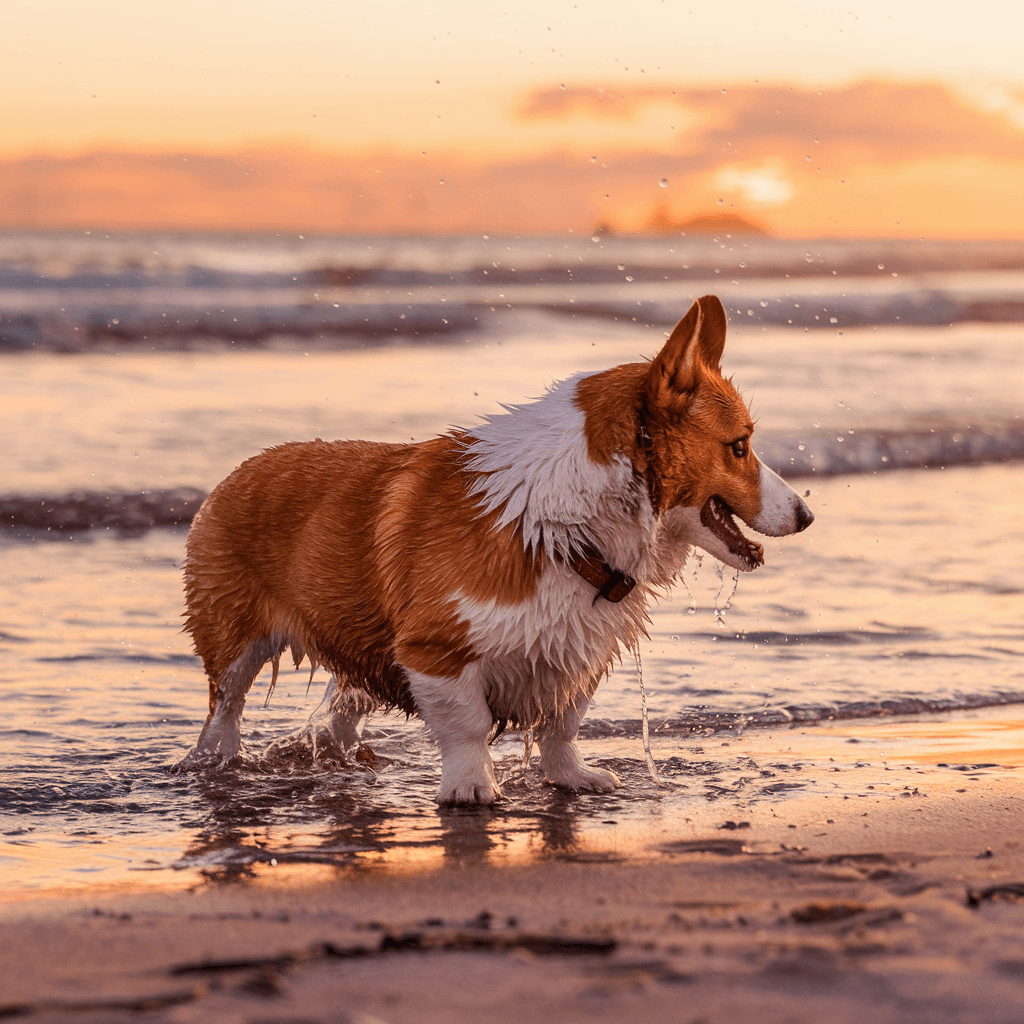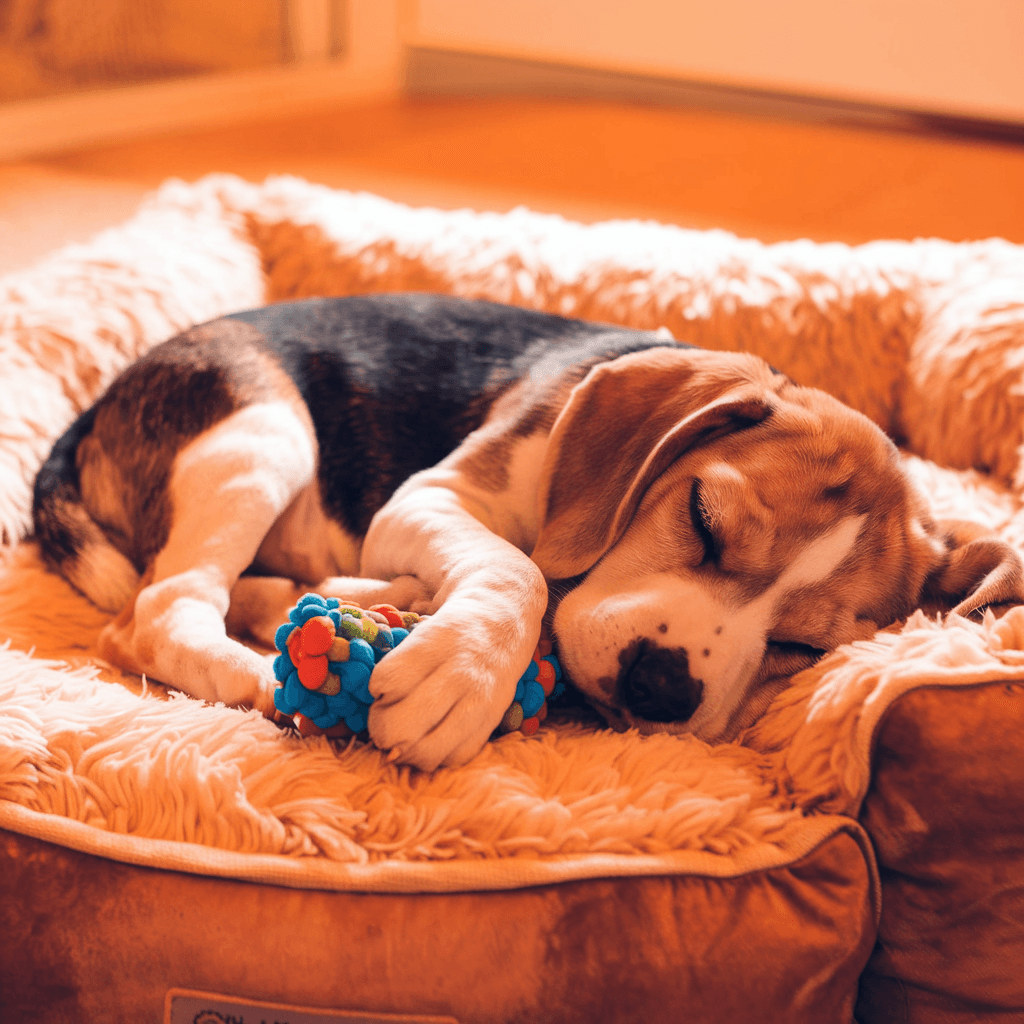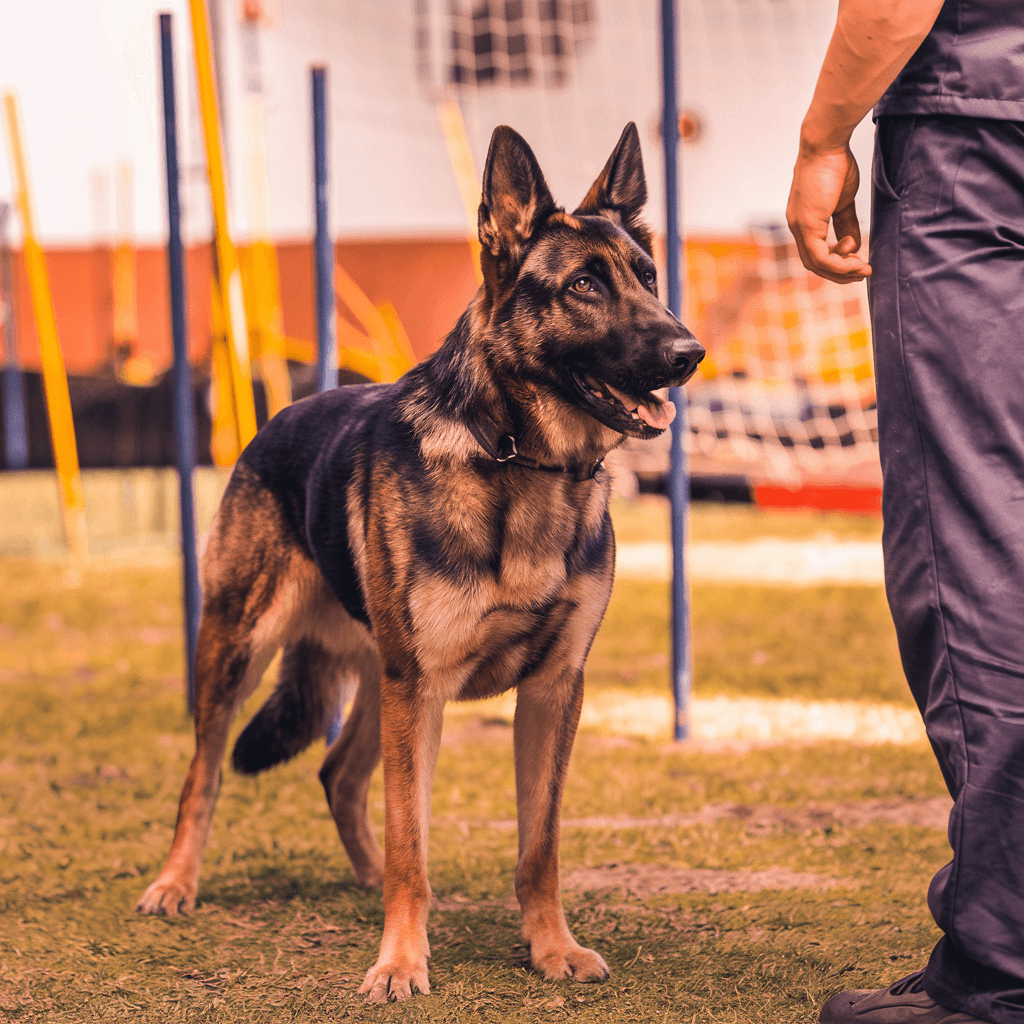What sets the Dachshund apart from other small dog breeds? Their long bodies and short legs make them stand out. These dogs, known as wiener dogs or sausage dogs, have a long history in Europe.
They were first bred in Germany to hunt badgers. Since then, they’ve become popular pets. The American Kennel Club recognized them in 1885, making them a favorite in the U.S.
Dachshunds come in two sizes: miniature and standard. Miniatures weigh up to 11 pounds and are 5-6 inches tall. Standards weigh 16-32 pounds and are 14-18 inches tall. They live for 12-16 years, bringing joy to their owners.
Let’s explore the world of Dachshunds. We’ll look at their coat types and their lively personalities. You’ll learn everything you need to know about this lovable breed.
Key Takeaways
- Dachshunds originated in Germany as badger-hunting dogs
- They come in two sizes: miniature and standard
- The breed offers three coat types: smooth, wirehaired, and longhaired
- Dachshunds are known for their playful and devoted personalities
- They require moderate exercise and careful handling due to their unique body structure
- The breed has a lifespan of 12-16 years with proper care
Introduction to the Dachshund Breed
The Dachshund is a beloved dog breed with a rich history. They have gained popularity over the years. Let’s dive into their origins, rise to fame, and quirky nicknames.
Origin and History
Dachshunds come from Germany, bred for a special task. Their name means “badger dog” in German. This name shows their original purpose: to chase badgers into their burrows.
In the 1800s, Dachshunds became more than just working dogs. They became pets, especially in European royal courts. Queen Victoria was a fan. They arrived in the United States and were recognized by the American Kennel Club in 1885.
Popularity and Recognition
Dachshund popularity has had its ups and downs. World War I made them less popular due to their German roots. They were even called “badger dogs” during World War II. But, the 1950s saw a comeback, and they’ve been loved pets ever since.
| Time Period | Dachshund Popularity Status |
|---|---|
| 1800s | Favorites in European royal courts |
| 1885 | Recognized by American Kennel Club |
| World War I | Decline due to German heritage |
| World War II | Temporarily rebranded as “badger dogs” |
| 1950s onwards | Resurgence in popularity |
Breed Nicknames
Dachshund nicknames are as charming as the dogs. Their unique shape has earned them many nicknames. Some favorites include:
- Hotdogs
- Wiener dogs
- Doxies
- Sausage dogs
These nicknames show the love and humor Dachshund owners share with their pets. They are long-bodied companions with a special place in our hearts.
Physical Characteristics of Dachshunds
Dachshunds have a special look with their long bodies and short legs. We’ll look at what makes them unique, like their size, coat types, and colors.
Size Variations: Standard and Miniature
Dachshunds come in two sizes. Standard ones weigh 16 to 32 pounds and are about 9 inches tall. Miniature Dachshunds are smaller, weighing less than 11 pounds. This makes them fit well in different homes.
Coat Types and Colors
Dachshunds have three coat types: smooth, wirehaired, and longhaired. Each needs different care. They come in many colors like cream, black, and red. Some have special patterns like dappled or brindle.
| Coat Type | Characteristics | Grooming Needs |
|---|---|---|
| Smooth | Short, glossy fur | Low maintenance |
| Wirehaired | Rough, dense outer coat | Regular brushing |
| Longhaired | Silky, flowing fur | Daily brushing |
Distinctive Body Structure
The Dachshund’s body is unlike any other. Their long torso and short legs make them look low to the ground. Their big ears and long muzzles add to their unique look.

Knowing about these traits helps us see why Dachshunds are so special. It also helps us take better care of them.
Dachshund Temperament and Personality
Dachshunds are known for their unique temperament. They mix charm with a bit of stubbornness. These small dogs have big personalities, making them great pets for many.
Dachshunds come in different types, each with its own personality. Smooth-haired dachshunds bond strongly with one family member. Wirehaired dachshunds are more outgoing and energetic. Longhaired dachshunds are quieter and sweeter, with a gentle nature.
These dogs are not afraid to stand up for themselves. In fact, 90% of dachshunds are brave watchdogs. They alert their families to any danger.
But, 40% of dachshunds tend to bark a lot. This can be fixed with training and socialization. It helps them not be suspicious of strangers and not fight with other dogs.
| Dachshund Trait | Percentage |
|---|---|
| Affectionate towards owners | 88% |
| Displaying playful behavior | 95% |
| Independent and stubborn nature | 72% |
| High energy levels | 68% |
| Good with children | 75% |
Dachshunds are very smart, ranking in the top 5% of dog intelligence. They love to learn and play. This makes training fun and rewarding.
“Faithful, versatile, good-tempered, intelligent, lively, courageous to the point of rashness, obedient.” – Dachshund Breed Standard
Knowing a dachshund’s temperament is important for a good relationship. With patience, consistency, and love, they become loyal and loving companions. They bring endless joy and devotion to your life.
Health Considerations for Dachshunds
Dachshund health issues are unique because of their body shape. We’ll look at common problems, their lifespan, and how to keep them healthy.
Common Health Issues
Dachshunds have specific health challenges. Intervertebral Disc Disease (IVDD) is a big worry, affecting up to 25% of them. Symptoms include limping, accidents, or refusing to eat. Other issues include:
- Hip dysplasia
- Patella luxation
- Eye problems (cataracts, glaucoma)
- Seizures
- Obesity

Lifespan and Aging
Dachshunds can live between 12 to 16 years on average. With the right care, they can live longer and healthier. As they get older, they might face issues like arthritis or dental problems.
Preventive Care Measures
Good dachshund care means staying ahead of health problems. Important steps include:
| Care Area | Recommendations |
|---|---|
| Weight Management | Keep them at a healthy weight to avoid back and obesity issues |
| Exercise | Do regular, gentle exercises to build muscle |
| Diet | Feed them food made for small breeds with the right kibble size |
| Veterinary Care | Go for regular vet visits and address any symptoms quickly |
| Home Environment | Make sure they don’t jump and provide ramps for furniture |
By knowing these health tips and taking the right steps, we can help our dachshunds live long, joyful lives.
Exercise and Activity Needs
Dachshunds are small but full of energy. They need regular exercise to stay healthy and happy. Here’s what you need to know about keeping your dachshund active.
Puppy dachshunds need careful exercise management. From birth to 12 months, they should get 5 minutes of exercise per month of age. As they grow, their exercise needs increase. Adult standard dachshunds require at least an hour of daily exercise, while miniature dachshunds need a minimum of 30 minutes.
For older dachshunds (7+ years), about 30 minutes of daily exercise helps maintain strong muscles and bones. It’s crucial to adapt activities as your dachshund ages. Senior dogs may benefit from shorter, more frequent walks to accommodate their changing energy levels.
Dachshund Activities
Dachshunds enjoy various activities that cater to their playful nature. Neighborhood walks, playtime, hiking, swimming, and agility courses are excellent options. Mental stimulation is equally important, so incorporate “sniff” walks, puzzle toys, hide-and-seek games, and obedience training into their routine.
To prevent boredom and maintain consistent energy levels, split exercise sessions into multiple walks or play periods throughout the day. Most adult dachshunds benefit from one to two moderate on-lead walks of 20 to 30 minutes each.
| Age Group | Daily Exercise Needs | Recommended Activities |
|---|---|---|
| Puppies (0-12 months) | 5 min per month of age | Short walks, gentle play |
| Adult Standard (1-7 years) | 60 minutes | Walks, swimming, agility |
| Adult Miniature (1-7 years) | 30 minutes | Walks, playtime, puzzles |
| Senior (7+ years) | 30 minutes | Shorter walks, gentle play |
Remember to avoid activities that strain your dachshund’s back, such as jumping from heights. Regular vet check-ups can help monitor your dog’s health and guide adjustments to their exercise routine as they age.
Training and Socialization
Dachshund training and socialization are key to raising a well-behaved and confident pet. These long-bodied dogs need early training to shape their behavior. This helps prevent future problems.
Obedience Training Challenges
Dachshunds are smart but can be stubborn. Start training as soon as you get your puppy. Their hunting background makes them respond well to structured challenges.
Use the push/drop/stick method to make training fun and challenging. This method helps reinforce good behaviors.
Socialization Importance
Socializing your dachshund before 16 weeks is vital. Introduce them to new sights, sounds, smells, and surfaces. It’s also important to let them interact with other dogs and people in a controlled way.
Addressing Behavioral Issues
Dachshunds might bark too much, dig, or chew. To handle these issues, give them the right outlets. Create a digging area and provide chew toys for teething.
Teach them the “quiet” command. Being consistent and using positive reinforcement helps solve these problems.
| Training Aspect | Technique | Benefit |
|---|---|---|
| Obedience | Push/drop/stick method | Gradual skill development |
| Socialization | Exposure to new experiences | Builds confidence |
| Behavioral Issues | Positive reinforcement | Reduces unwanted behaviors |
Training a Dachshund strengthens your bond and boosts their confidence. Spend 5-10 minutes each day on training or play. This ensures a happy and well-adjusted pet.
Grooming Requirements
Dachshund grooming needs change based on their coat type. Short-haired Dachshunds are easy to care for, needing just a quick grooming every few days. Long-haired Dachshunds need daily brushing to avoid matting. Wire-haired Dachshunds require regular brushing and occasional stripping.
Bathing is key for Dachshund grooming. Bathe your Dachshund every 3-6 months to keep their coat healthy. Avoid over-bathing to prevent skin problems.
Nail trimming is vital for Dachshunds. Trim their nails every 2-3 months or when you hear them click on hard surfaces. Brush their teeth at least three times a week to prevent dental issues.
| Coat Type | Brushing Frequency | Bathing Frequency | Special Care |
|---|---|---|---|
| Short-haired | Every few days | Monthly | Use grooming mitt |
| Long-haired | Daily | Monthly | Regular trimming |
| Wire-haired | 1-2 times weekly | Monthly | Stripping 3-4 times yearly |
If grooming your Dachshund is tough, consider a professional groomer. They can handle brushing, bathing, clipping, and tooth brushing. This ensures your Dachshund looks and feels great.
Dachshund Diet and Nutrition
A proper dachshund diet is key for their health and to avoid weight problems. We’ll look at what they need to eat, how often, and tips for keeping them at a healthy weight.
Dietary Needs
Dachshunds need a balanced diet. They require high-quality protein to stay healthy. Adult dogs need about 22% protein daily, says the Association of American Feed Control. For dachshunds, high-quality animal proteins like chicken, fish, turkey, beef, or lamb are best.
Omega-3 fatty acids are also crucial for dachshunds. They help with joint health, boost immunity, and support overall health. It’s important to avoid foods with artificial flavors, dyes, or unnecessary additives.
Feeding Schedule
Having a regular feeding schedule is important for dachshunds. Adult dachshunds usually do well with two meals a day. Puppies might need more frequent feedings. Here’s a sample feeding schedule:
- Morning: 1/4 to 1/2 cup of food
- Evening: 1/4 to 1/2 cup of food
Adjust the portions based on your dog’s size, age, and activity level. Always make sure they have fresh water.
Weight Management
Keeping your dachshund at a healthy weight is vital. Their long backs make them prone to back problems, which can get worse with extra weight. Watch your dog’s weight closely and adjust their food portions as needed.
| Weight Category | Standard Dachshund | Miniature Dachshund |
|---|---|---|
| Ideal Weight | 16-32 lbs | 8-11 lbs |
| Daily Calorie Needs | 450-600 calories | 200-300 calories |
Remember, every dachshund is different. Talk to your vet to make the best diet plan for your furry friend.
Living with a Dachshund
Dachshunds are great pets for the right people. They do well in many homes, from apartments to houses with yards. They love to explore, but need safe places outside to do so.
Dachshunds need regular walks and playtime to be happy and healthy. They are smart and love to learn, so keep them busy with training and games. This keeps their minds sharp.
They bond strongly with their families, which can cause separation anxiety if left alone too long. Start by leaving them alone for short periods and give them fun toys. They make wonderful companions for active people, retired couples, or families with older kids.
Having a dachshund can make your home happier and more lively. Their unique personalities and sometimes stubborn nature can be fun to deal with. Just be careful of their backs and they’ll be your loyal friend for years.

